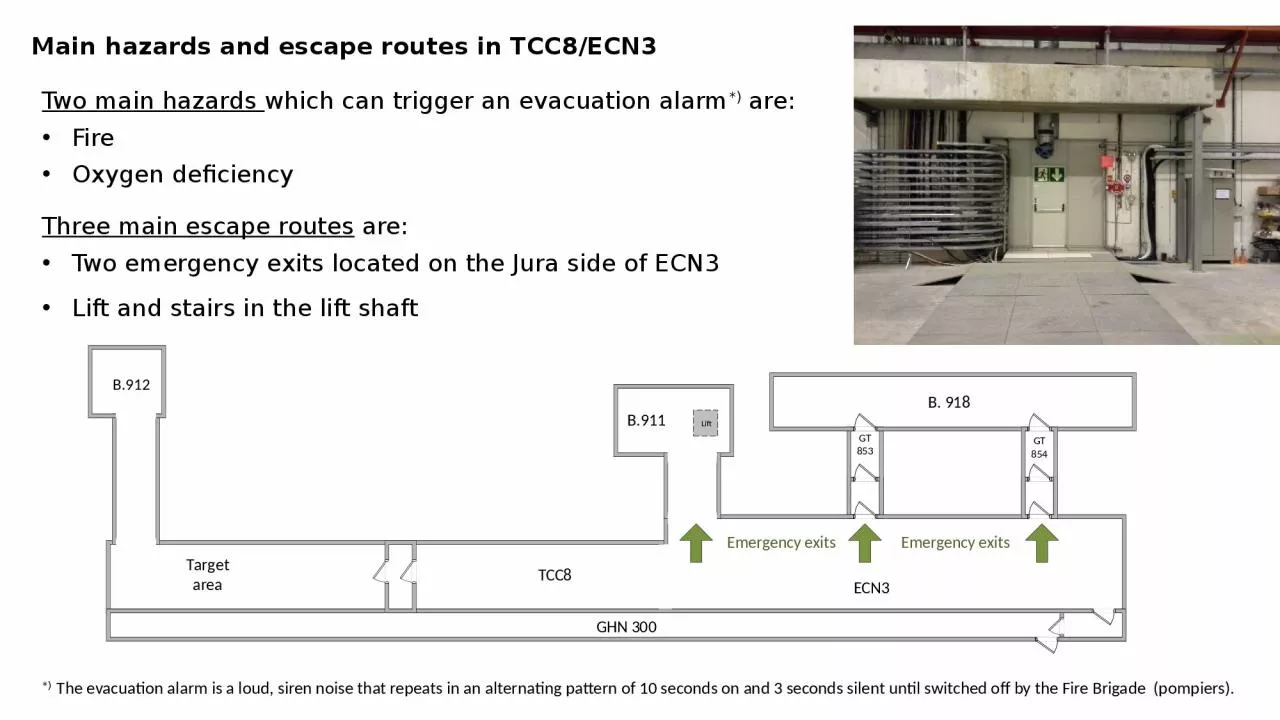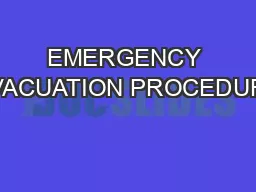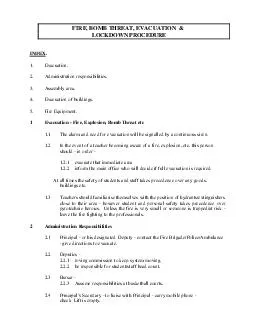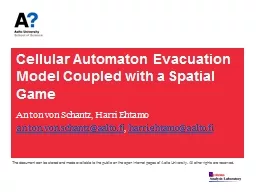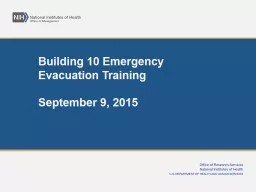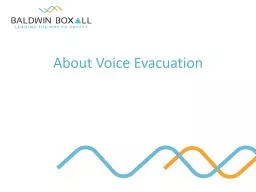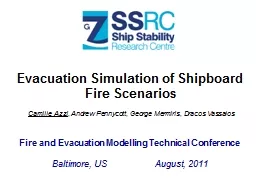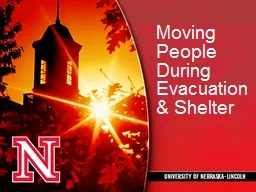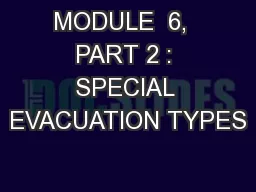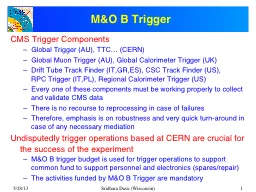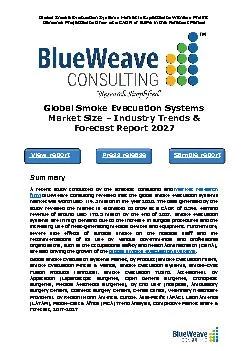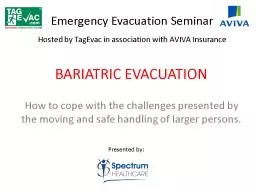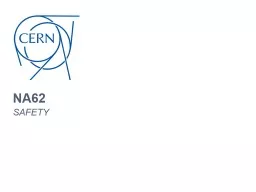PPT-Two main hazards which can trigger an evacuation alarm
Author : TootsieWootsie | Published Date : 2022-08-03
are Fire Oxygen deficiency Three main escape routes are Two emergency exits located on the Jura side of ECN3 Lift and stairs in the lift shaft M ain hazards and
Presentation Embed Code
Download Presentation
Download Presentation The PPT/PDF document "Two main hazards which can trigger an e..." is the property of its rightful owner. Permission is granted to download and print the materials on this website for personal, non-commercial use only, and to display it on your personal computer provided you do not modify the materials and that you retain all copyright notices contained in the materials. By downloading content from our website, you accept the terms of this agreement.
Two main hazards which can trigger an evacuation alarm: Transcript
Download Rules Of Document
"Two main hazards which can trigger an evacuation alarm"The content belongs to its owner. You may download and print it for personal use, without modification, and keep all copyright notices. By downloading, you agree to these terms.
Related Documents

